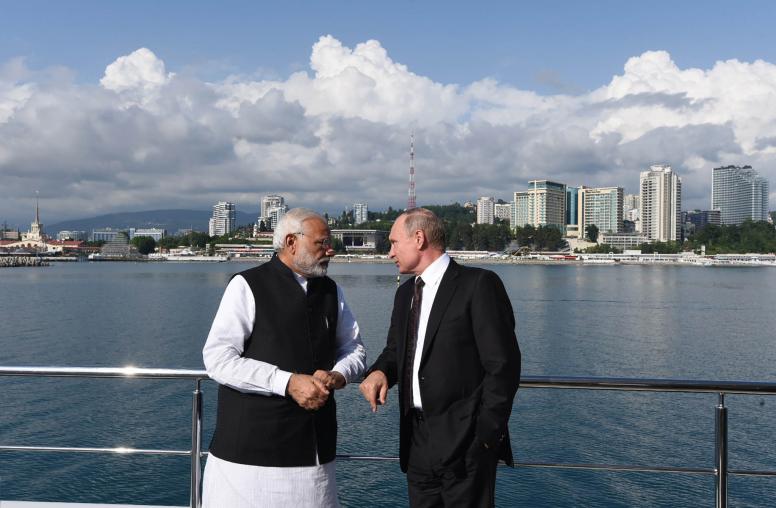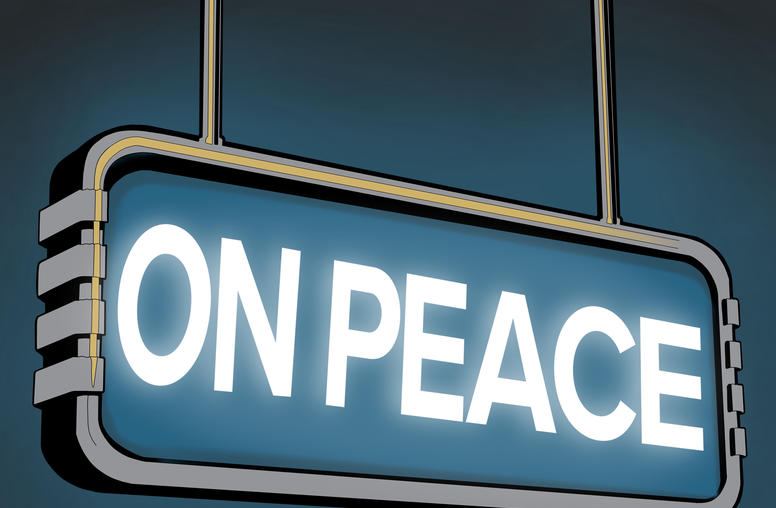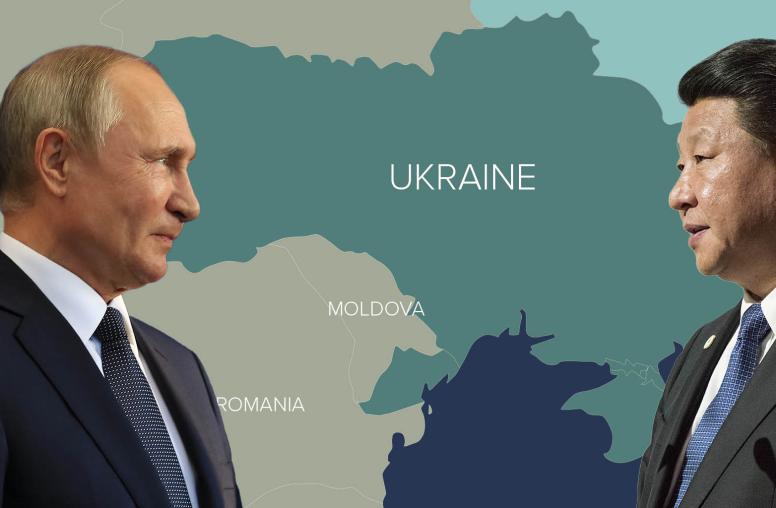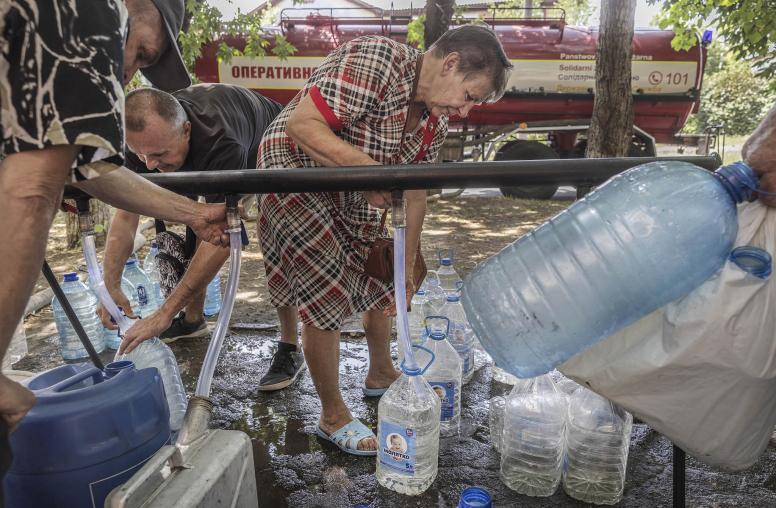What’s at Stake in Ukraine’s Presidential Polls?
As Ukraine looks to further consolidate its democracy, the threat from Russia looms large.
Over 35 million Ukrainians are eligible to choose their next president on March 31. However, several million voters in Russia-annexed Crimea and rebel-held parts of east Ukraine will not be able to vote, demonstrating how the conflict with Moscow looms large over these elections. Of the 44 candidates registered by the Central Election Commission (CEC), incumbent President Petro Poroshenko, former prime minister Yulia Tymoshenko and comedian Volodymr Zelensky are the top contenders. If no candidate secures 50 percent of the vote, a run-off will take place on April 21. USIP’s Ambassador Bill Taylor and Jonas Claes look at the risk of election violence and how Russia has interfered in Ukraine’s electoral process.

A recent USIP Special Report on Ukraine’s 2019 elections finds that while the risk of widespread election violence is low, intimidation, cyberattacks and post-election violence are likely to occur. With the vote just days away, how would you assess the risk of election violence now? Have there been any major incidents?
Claes: Fortunately, there have not been any major incidents or reports of widespread pre-election violence, preliminarily confirming the findings from our report. However, we will receive a more complete picture once reports from the Organization for Security and Co-operation in Europe’s (OSCE) Office for Democratic Institutions and Human Rights, OPORA and other election observation missions come through next week, but so far violence levels have remained low.
Preliminary reports did note sporadic and localized attacks against election observers and campaign materials, and denial-of-service cyberattacks on the CEC. Attacks against journalists, minority groups, and civic activists that human rights groups have reported for years have also persisted through the campaign period, negatively impacting participation of vulnerable groups in the electoral process.
The majority of the intimidation and violence against the Roma and other minority groups is perpetrated by far-right nationalist groups. These groups, which have a degree of public support for their patriotism in the war against Russia-backed forces in the Donbas, have continued to make their intimidating presence felt throughout the campaign period. One group, the National Militia, has even been registered by the CEC to formally observe the elections.
In the early months of the campaign period the OSCE Special Monitoring Mission observed an increase in the number of cease-fire violations in the Donbas region. While this violence has been linked to the presidential race, there has not been a major escalation of the conflict between Ukraine and Russia-backed forces.
Observers will carefully look at how Election Day unfolds. Post-election violence remains a concern, particularly if the leading candidates and their supporters do not accept the result if they do not make it to the run-off. The violence that has occurred to date has not drastically shaped the election process, so Ukraine remains on route to a close and competitive, yet stable election process.
What are expectations for the credibility of these polls?
Claes: The competitive nature of the election, with several candidates contesting a close race, is a good sign. The political and economic environment is less challenging compared to the 2014 early presidential elections that immediately followed the “Revolution of Dignity” (also known as Euromaidan). However, let’s not forget that an estimated 12 percent of the population will not be able to vote on Sunday because of the occupation of Crimea and the conflict in the Donbas.
Ukraine’s electoral institutions have the necessary capacity and professionalism to organize peaceful and credible elections, but voters in Ukraine have little trust in government institutions and the CEC. Most election commissioners were only appointed a little over six months ago, and as such have had little time to prepare for the elections and gain much-needed trust from the voters.
Preliminary reports indicated widespread vote-buying efforts, as candidates use all means at their disposal to tip the balance into their favor. There have also been challenges related to the high number of candidates and registered observer groups. Looking ahead to the parliamentary elections in October and local elections in 2020, incremental reforms will be needed to ensure greater inclusion of internally displaced people, a functioning framework for local elections, and a stronger enforcement mechanism to counter electoral offenses.
Another finding from the USIP report suggested that Russia was likely to interfere in the elections. How has Moscow sought to influence this election and sow discord in Ukraine in the lead up to the vote?
Taylor: Russia continues to try to destabilize Ukraine. The Russian invasion of Crimea and the Donbas, attacks on Ukrainian navy vessels in the Black Sea, and its holding 24 sailors as prisoners of war, all serve to keep Ukrainians from the hard work of reform and democracy—including elections. All those actions have turned Ukrainians against Russia. A significant portion of the Ukrainian people used to support good relations with Russia. No more.
All leading candidates running for president oppose Russian aggression and support closer ties with Europe and the United States. In response to a long history of Russian interference in U.S., Brexit and other European elections, the Ukrainian government has taken extraordinary measures to deter and counter expected Russian cyberattacks and interference in its presidential elections on social media.
If these measures prove effective, other nations, including the United States, will want to learn from the Ukrainian experience.



